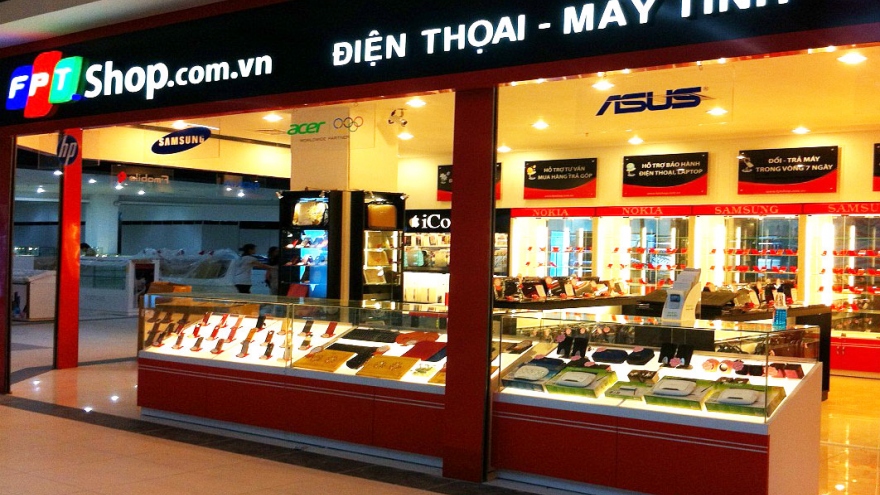Korea nudges out rivals in electronics
Korean tech giants like Samsung and LG Display are rapidly replacing Japanese firms in electronics production of TVs and other consumer electronic goods in Vietnam.
 |
Other huge Korean firms also see Vietnam as a hot investment destination, highlighting it as part of the electronics sector’s global supply chain by pouring billions of dollars into the country.
For instance, Samsung entered Vietnam in 1996 and currently has three major manufacturing complexes in the country: the Samsung Vina Electronics facility in Ho Chi Minh City, the US$2.5-billion Samsung Vietnam Electronics complex in the northern province of Bac Ninh, which became operational in 2009, and the US$5-billion Samsung Vietnam Electronics complex in the northern province of Thai Nguyen, which came on line in March 2014.
Through the deployment of these billion-dollar projects, Samsung is nearing its goal of turning Vietnam into the group’s primary global manufacturing base. These developments have raised Samsung’s overall investment capital in Vietnam to nearly US$15 billion, making it the biggest sole foreign investor in the country. In 2015, the company exported an estimated sum US$30 billion worth of products from Vietnam.
Japanese electronics giants once ruled the world, and brands like Sony, Toshiba, and Sharp were household names. These firms used to operate factories in Vietnam, but Toshiba and Sony, are gradually halting production here.
Toshiba used to have a small-scale TV production facility in Vietnam, but production at the factory stopped in February 2010. In 2008, Sony closed its TV manufacturing plant in Vietnam after nearly two decades in the country.
In a previous email to VIR, a representative of Toshiba Corporation explained that “economy of scale in production and change of tariffs were among the reasons for the decision. We continually consider measures to optimise our manufacturing operations and production sites.”
He confirmed that “driven by the healthy growth of the Vietnamese economy, we anticipate the steady growth in the demand for electronic components and digital products. We forecast the annual growth of over 20% in the markets for TVs, refrigerators, and washing machines”.
Sony, Sharp, and Panasonic together reportedly lost billions of dollars in the last fiscal year. These figures stand in sharp contrast to the glory days of the late 1970s and early 1980s, when Japan started to dominate the world of consumer electronics.
As the Japanese economy surged, electronics conglomerates ruled the market for memory chips, colour TVs, and videocassette recorders, while their research labs gave birth to gadgets that would define an era, such as the Walkman as well as CD and DVD players.
After taking over as Panasonic’s new leader following the largest annual loss in its 94-year history, president Kazuhiro Tsuga stated at a press conference in June 2012 that “Japanese firms were too confident about our technology and manufacturing process. We lost sight of the products from the consumer’s point of view.”




